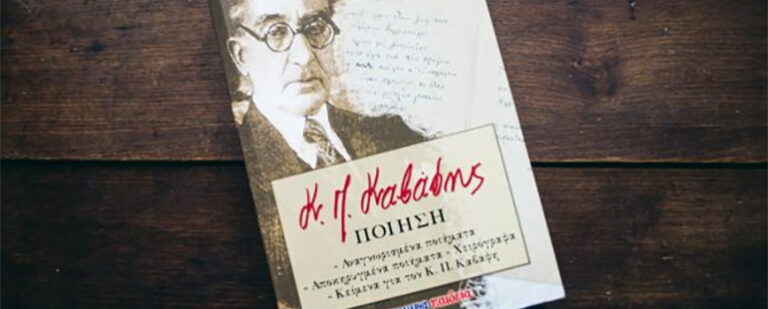The Best Short Story I Read in a Lit Mag This Week: “Lunar Facts” by Michele Finn Johnson
Human beings are nothing if not list makers. Grocery lists. Chore lists. Listings of jobs, scores, events. Lists are a way in which we bring order to a chaotic world. The same could be said of stories, which is why lists can make such great story structures. Michele Finn Johnson’s “Lunar Facts” (Necessary Fiction) announces itself as a mere list, but quickly becomes much, much more.
Johnson begins her list with the moon.
“1. I am planning to remove the Moon from service. Do not consider this a temporary interruption. It will be permanent.
2. Statistics show that over 82% of violent crimes occur when the Moon is full. Isn’t it time we hold the Moon accountable?”
Behind the tongue-in-cheek argument a plot question is introduced, on the sly. Johnson is speaking in general terms, with—as the title suggests—facts, but below we’re wondering what precisely the moon ever did to the narrator to deserve this treatment? Something happened. The answer as to what begins to take shape in section four.
“4. We held hands under a partial lunar eclipse, stretched across the hood of your 4-Runner. Your lips stung from sunburn, but we kissed through it. Aloe tastes like rubber, you said. The truck hood capillaried cold into my spine. I remember totally forgetting to look up at the stupid eclipse.”
Johnson shifts the narrative from the general to the personal. The moon, before painted as a clever-but-distant antagonist, now provides the setting to a romance. But this isn’t a perfect romance. The lunar eclipse is only partial, they kissed through a sunburn, and the truck hood wasn’t just cold, it was clinical (“capillaried”).
As the list grows, so deepens the complex nature of both the relationship and the moon. We find that the narrator has taken her boyfriend to the hospital multiple times, even a “last time,” and there’s evidence he’s suicidal. She describes what’s wrong with him as “tidal waves,” and backs up this belief with evidence through historical beliefs of the moon.
“11. Roman historian Pliny the Elder suggested that the brain was the highest water-content organ in the body and thereby the most susceptible to the pernicious influences of the moon, which triggers the tides.”
This particular section broadens the story remarkably. There was a time where Pliny the Elder’s philosophies were taken as facts, and this is no coincidence. We’re being asked to examine the nature of facts when understood from a historical perspective. Today’s fact is often tomorrow’s fiction.
But this move isn’t any more philosophical than the list itself is objective. The emotional current running beneath is of a woman so desperate to find a cure for her boyfriend’s illness that she’s willing to entertain scientific theories penned two thousand years ago. So desperate that, in the end, she’s willing to “pluck” the moon from the sky if it might bring relief.
I wonder if there is a more ancient, more basic method of organization than the list. It’s simply one section after the other, counting, up and up and up. Johnson ends “Lunar Tasks” at the number 17, but I couldn’t find any inherent meaning in the number itself. It could have kept going. But that’s the nature of lists. They can go on forever; there’s no closed circle, no inherent resolution required by the form. I suspect that is part of the reason why Johnson chose it. The narrator feels an urgent plight to separate fact from fiction in order to save someone she loves, but doesn’t have the methods to resolve the problem. So the list goes on.


